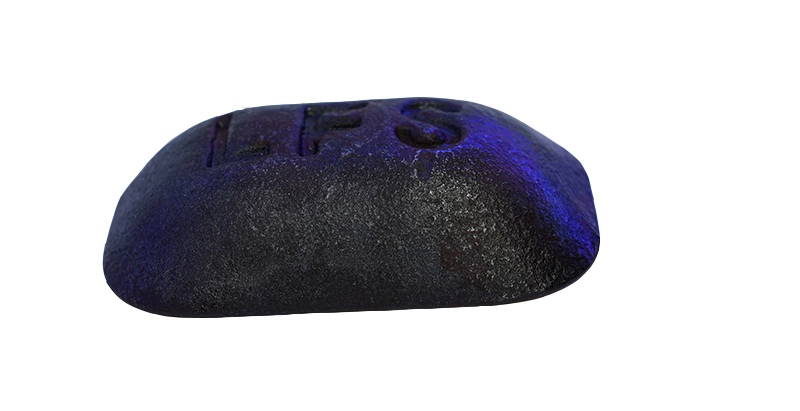Pig cast iron is one of the traditional forms of cast iron that has been used for centuries in various industrial applications. It is produced by pouring molten iron into a mold, typically in the form of large blocks or “pigs,” from which the material is later broken into smaller pieces for further processing. The term “pig iron” is derived from the way the metal used to be cast into molds that resembled a row of piglets suckling on a sow, with the smaller ingots attached to a central runner. This method of production has been a cornerstone of the iron industry since the early days of metallurgy.
The composition of pig cast iron generally includes a high percentage of carbon, often in the range of 3-4%, along with varying amounts of silicon, manganese, sulfur, and phosphorus. This high carbon content results in a material that is relatively brittle compared to modern forms of cast iron like ductile iron, but it possesses excellent compressive strength and high castability. Its structure is typically characterized by the presence of graphite in the form of flakes, which contributes to its distinctive gray appearance on fracture surfaces, though pig iron itself is often referred to as “hot metal” before it undergoes further refining.
Historically, pig cast iron played a crucial role in the development of the iron and steel industries. It was the raw material from which wrought iron and later steel were produced. In early production methods, pig iron was melted in a finery forge or converted in a puddling furnace to remove excess carbon and impurities, transforming it into a more malleable material. This process paved the way for the Industrial Revolution, where pig iron served as the backbone for the production of machinery, tools, and infrastructure.

Despite its inherent brittleness, pig cast iron has been valued for its ease of production and the efficiency of casting large volumes of iron quickly. In modern times, while direct applications of pig iron have diminished due to the advent of more refined forms of iron and steel, its significance remains in its role as the initial product of iron smelting. It is still a fundamental input in steelmaking processes where it is melted in basic oxygen furnaces or electric arc furnaces. Furthermore, pig iron has also been used historically in the production of cast iron components, such as engine blocks, pipes, and various machine parts.
In summary, pig cast iron is a foundational material in metallurgy that marks the beginning of the transformation of raw iron into more refined, useful products. Its production process, composition, and historical importance have left an indelible mark on the evolution of metalworking and industrial manufacturing, making it a subject of interest for both historians and engineers alike.
Pig cast iron, Traditionally pig iron was worked into wrought iron in finery forges, and later puddling furnaces, more recently into steel. In these processes, pig iron is melted and a strong current of air is directed over it while it is being stirred or agitated. This causes the dissolved impurities (such as silicon) to be thoroughly oxidized. An intermediate product of puddling is known as refined pig iron, finers metal, or refined iron, Pig iron can also be used to produce gray iron
| Melting Point °C |
|---|
| 1175-1290° |

| weight | Size | P | S | Mn | Si | C |
| 15-20 kg | 200*200*60mm | 0.3 | 0.05 | 0.4-1.2 | 0.5-1.2 | 3.5-4.2 |